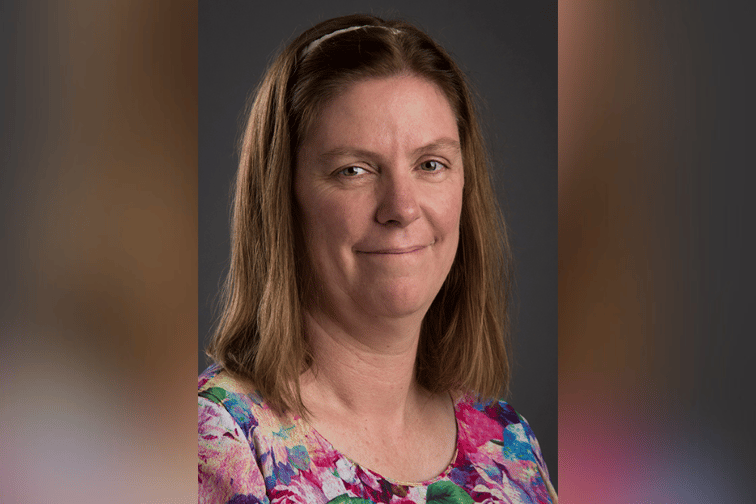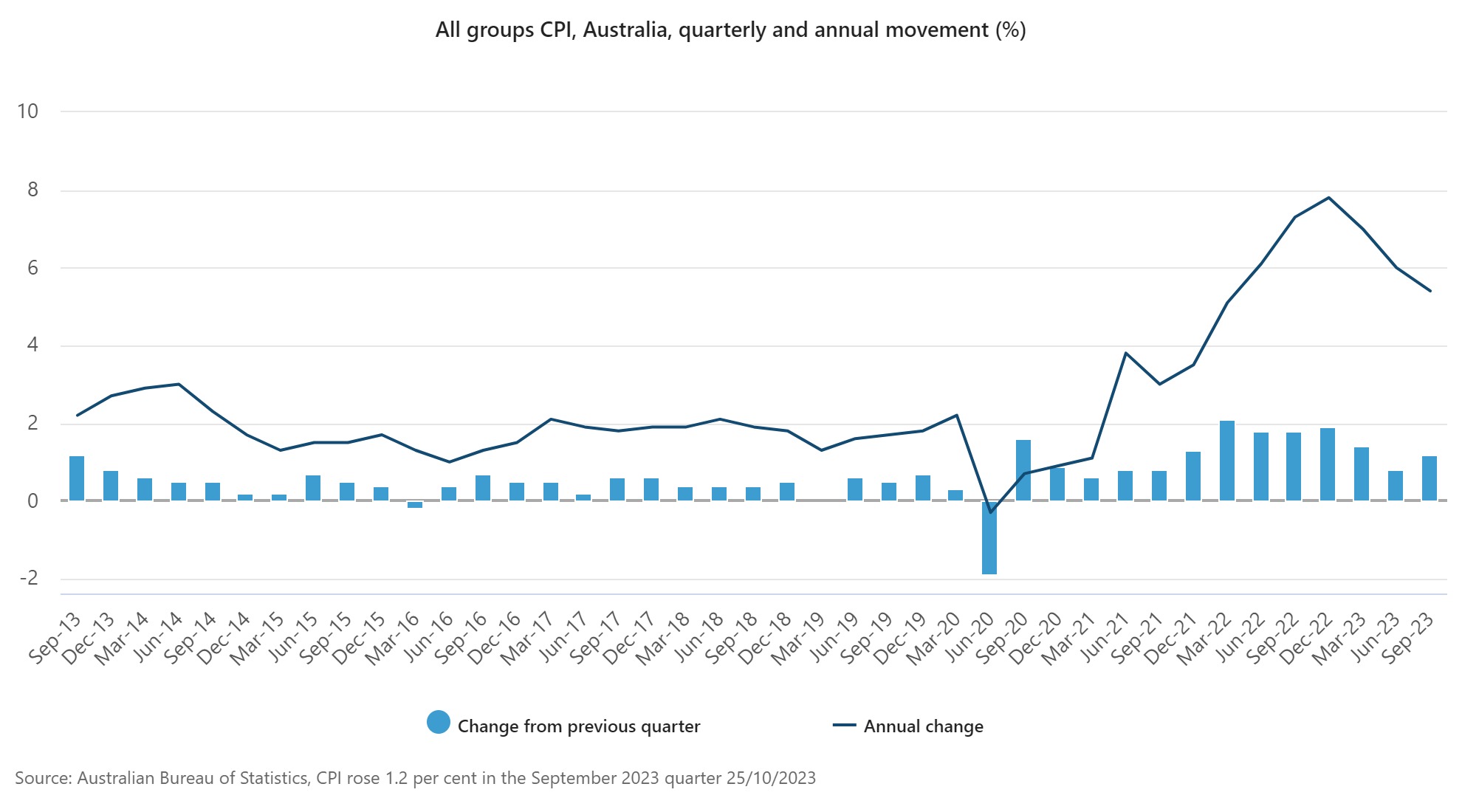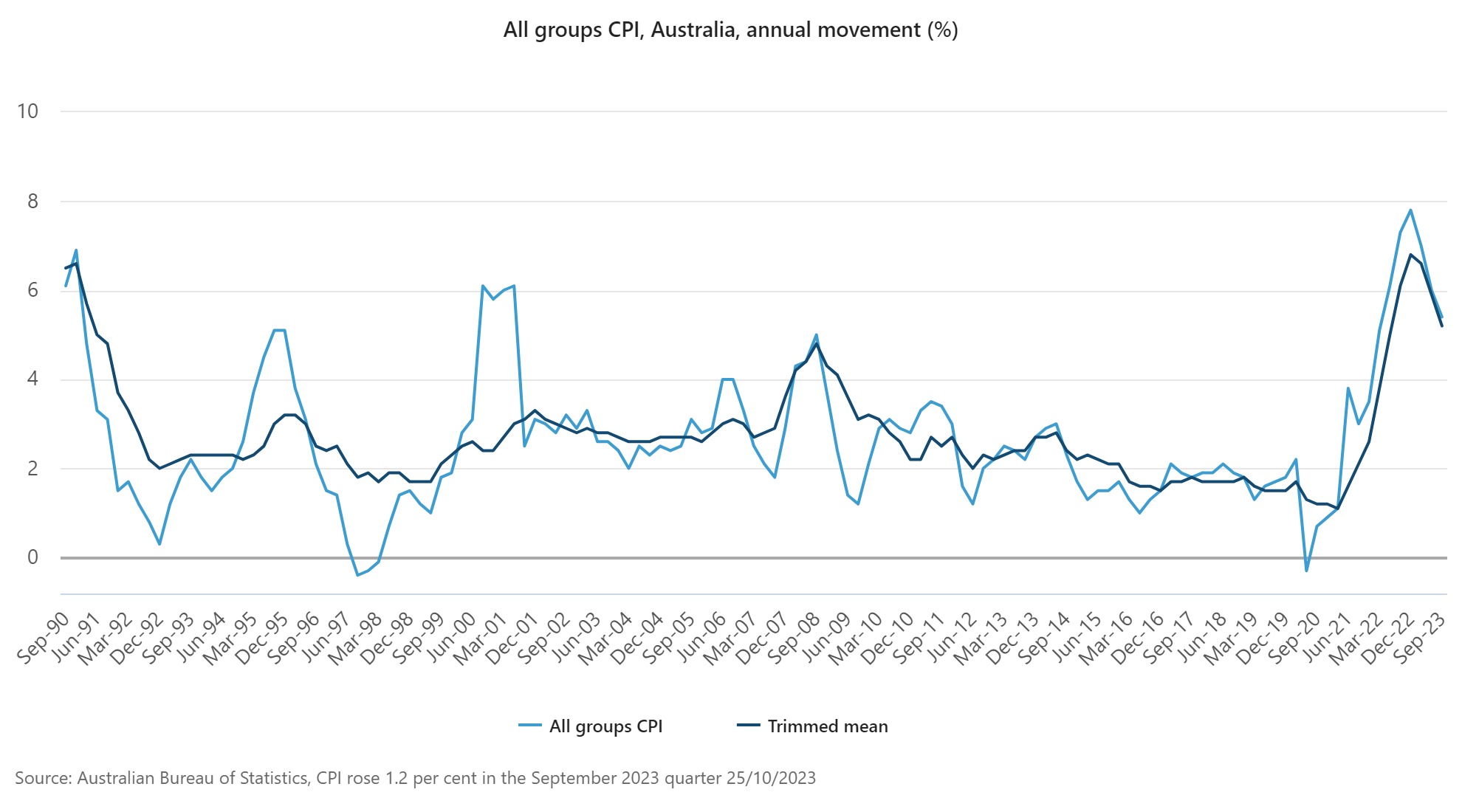

The Consumer Price Index (CPI) rose 1.2% in the September 2023 quarter and 5.4% annually, according to the latest data from the Australian Bureau of Statistics (ABS).
On a monthly basis, the CPI indicator rose 5.6% in the 12 months to September.
All eyes turn to the Reserve Bank to see whether this increase will mean another rate increase before the end of the year.
Michelle Marquardt (pictured above), ABS head of prices statistics, said latest CPI figures rose 1.2% in the September quarter, higher than the 0.8% rise in the June 2023 quarter.
“The rise this quarter however continued to be lower than those seen throughout 2022,” Marquardt said.
“While prices continued to rise for most goods and services, there were some offsetting falls this quarter including for childcare, vegetables, and domestic holiday travel and accommodation.”

The most significant contributors to the rise in the September quarter were automotive fuel (+7.2%), rents (+2.2%), new dwellings purchased by owner occupiers (+1.3%), and electricity (+4.2%).
Automotive fuel rose 7.2% after two quarters of price falls. This is the largest quarterly rise in fuel prices since March 2022 and is mainly caused by higher global oil prices.
Rents rose 2.2%, following a 2.5% rise in the June quarter with rental price growth for flats continuing to outpace price growth for houses. The increase in rents this quarter was moderated by changes to Commonwealth Rent Assistance.
From 20 September 2023, the maximum rate available for Rent Assistance increased by 15% on top of the CPI indexation that applies twice a year.
"This is the largest increase in Commonwealth Rent Assistance for 30 years and, while the increase applied for only part of the quarter, it reduced the overall increase in rents by 0.3 percentage points," Ms Marquardt said.
Prices for new dwellings rose 1.3% this quarter, though they continue to ease from rises seen in 2022 due to subdued new demand and easing material costs.
Electricity rose 4.2% reflecting higher wholesale prices being passed on to customers from annual price reviews in July.
"Electricity prices were partially offset by the Energy Bill Relief Fund rebates, which were introduced this quarter. These rebates reduced electricity bills for all households in Brisbane and Perth, and for concession households in the remaining states and territories. Excluding the rebates, electricity prices would have increased 18.6% in the September quarter," Ms Marquardt said.
Food prices (+0.6%) also rose this quarter, with the rise being the softest quarterly rise since September 2021. The rise was driven by meals out and takeaway foods (+2.1%). Partially offsetting the quarterly rise were price falls for fruit and vegetables (-3.7%).
"Fruit and vegetable prices fell this quarter due to favourable growing conditions. Berries, grapes, and salad vegetables such as tomatoes, broccoli and capsicums drove the fall," Ms Marquardt said.
Child care fell 13.2%, and was the largest contributing fall this quarter. Changes to the Child Care Subsidy raised the amount of subsidy received for over a million families and came into effect on 10 July 2023.
"This change reduced out of pocket costs for households, more than offsetting child care fee increases this quarter. Without the changes to the Subsidy, child care would have increased 6.7%," Marquardt said.
Annually, the CPI rose 5.4%, with new dwellings (+5.2%), rents (+7.6%), electricity (+14.5%), and automotive fuel (+7.9%) the most significant contributors.
"September quarter's annual increase of 5.4% is lower than the 6.0% annual rise in the June 2023 quarter. This marks the third quarter in a row of lower annual inflation, down from the peak of 7.8% in the December 2022 quarter," Ms Marquardt said.
Underlying inflation measures reduce the impact of irregular or temporary price changes in the CPI. Annual trimmed mean inflation was 5.2%, down from 5.9% in the June quarter.

Today the ABS also released the monthly CPI indicator for September, which rose 5.6% in the 12 months to September.
“The most significant contributors to the rise were new dwellings (+4.9%), automotive fuel (+19.7%), rents (+7.6%) and tobacco (+7.5%).
“This is the second consecutive rise in the annual movement up from 5.2% August and 4.9% in July. While many industries price increases are slowing, automotive fuel has had large annual increases in the last two months, which has been driving the movement higher,” Marquardt said.
With inflation rising, all eyes now turn to what the Reserve Bank board will do on the first Tuesday of November.
Two-thirds of experts surveyed by Finder on September 1 said that the cash rate had peaked in the current rate rise cycle.
However, by the end of September, almost half of experts expected another rate hike this year.
The most damning evidence comes from the October 3 RBA board meeting minutes, which cited concerns about growing tension in the Middle East fuelling inflation. The minutes said that the RBA has a low tolerance for inflation returning to target more slowly than currently expected.
Concerningly, the nearly 20% jump in fuel over the month may not bode well for those hoping for another pause.
Get the hottest and freshest mortgage news delivered right into your inbox. Subscribe now to our FREE daily newsletter.
